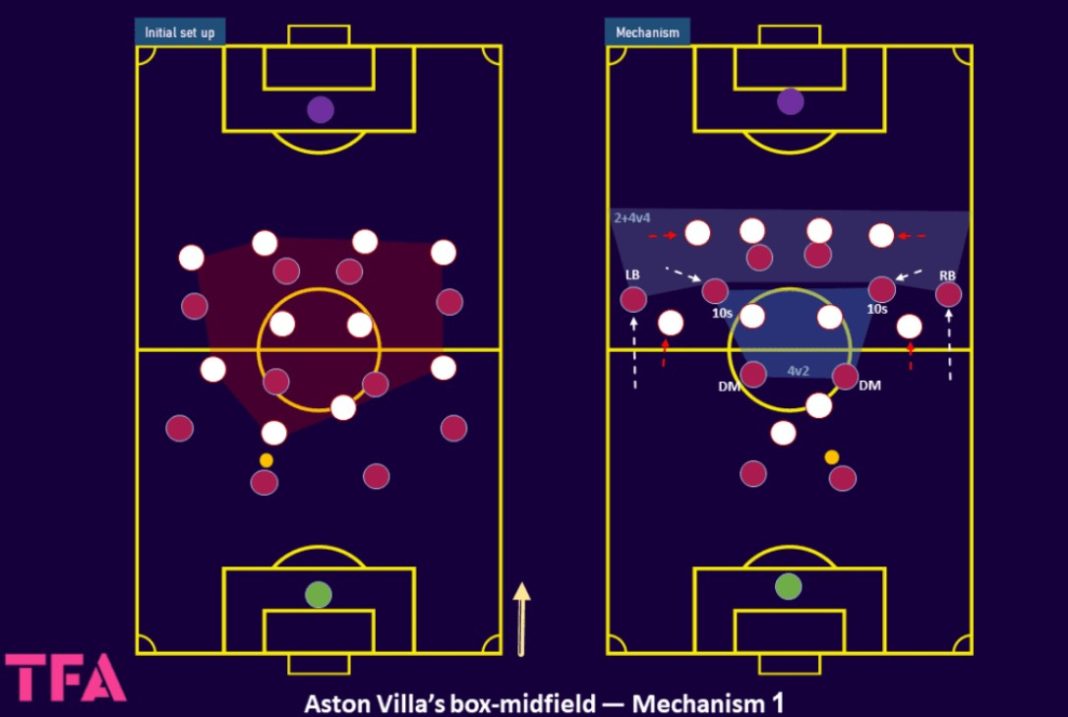From Academy to Engine Room: How Top Clubs Build Midfield Machines
Behind every elite midfield lies a carefully engineered structure built by top clubs through academy philosophies, tactical modeling, and precise recruitment. This long-read explores how clubs like Manchester City, Liverpool, and Arsenal create midfield machines capable of controlling games at the highest level.
The Box-Midfield Blueprint
The ‘box midfield’—featuring a central pivot and two shuttlers—has become a cornerstone in tactical setups. It’s more than a shape: it’s a system of rotations, vertical stagger, and dynamic movement designed to manipulate opponent formations.
Case Study: Manchester City
“Midfielders come together to allow smooth build-up play … draw opposition toward the centre … open space for wingers.”
– Tactical analysis of Guardiola’s City
City’s pivots (Rodri, De Bruyne, Gundogan) operate on a horizontal and vertical stagger—challenging defensive structure and stretching space. The structure creates overloading patterns like 2-3-2-3 that dominate build-up.
Liverpool & Aston Villa: The Dynamic Box
Liverpool under Klopp (and later Slot) use rotations to occupy half-spaces, drawing opposition and creating passing lanes. Aston Villa under Emery show how the box midfield can be mobile and reactive—transforming mid-blocks into vertical threat channels.
Development: Academy Philosophy into First Team
Clubs like Barcelona’s La Masia and Manchester City’s youth system invest in teaching midfield rotation early. Players learn to stagger, rotate around a pivot, and function in dynamic triangles. This ensures seamless first-team integration.
Critical Metrics & Analytical Modelling
Clubs track midfield efficiency through metrics like:
- Midfield network depth: pass height and sequence quality
- Rotation frequency: how often midfielders swap zones, destabilizing opponent structure
- Press resistance: ability to maintain shape under PPDA pressure
Recruitment & Role Continuity
Scouting now prioritizes midfielders with ‘role continuity’: traits like spatial awareness, vision, and adaptability. This is why players like Fabian and Reijnders fit so well—similar profiles are actively sought.
Conclusion
Building a midfield machine requires aligning academy culture, clear tactical models, and data-driven recruitment. Teams that master this—like City, Liverpool, Villa, and Arsenal—gain not only possession, but structured control and space manipulation.


